
On a bone-chilling evening in late November, Architect Benjamin Aranda slips out of the whitewashed Lower East Side storefront studio space he and his architectural firm partner Chris Lasch have occupied for the last decade to witness the first snowfall of the season. In the darkness he observes of one of ArandaLasch’s main sources of inspiration: snowflakes. These crystalline structures are the stuff of protean dreams for the duo, providing modular building systems that can translate into a temporary perforated building façade for Design Miami, a set of geometric footbridges in Central Park, a graphic aluminum fauteuil (dubbed 1774) or a hand-hewn walnut dining table. Inside the studio, models, renderings and segments of these crystal-informed projects are tacked to the walls, balanced on shelves and displayed on desks.
Equal parts architects, installation artists and furniture designers, the young New York and Tucson- based firm has earned a reputation for its ability to liberate seemingly strict algorithms through organically- based design. Uninhibited by scale, ArandaLasch has drawn the attention of clients as diverse as Fendi and the YUZ Museum Shanghai, earned star billing at the Venice Biennale, taken home Architectural Record’s Design Vanguard Award and the Architectural League Prize for Young Architects + Designers and won a place in New York’s Museum of Modern Art’s permanent collection for their basket weaving collaboration with fiber artist Terrol Dew Johnson. “Often modularity is seen as a crutch, but we think it provides all of these freedoms,” says Aranda, who has used snowflakes as a jumping off point to meditate on quasi-crystals and tetrahedrons. “There are definitely themes that we are obsessive about: What are the snowflake’s limits and what are its potentials?”
These are questions that Aranda and Lasch have been asking since they were classmates at Columbia University’s Graduate School of Architecture, Planning and Preservation. They incorporated in 2003, taking up residence on Manhattan’s Forsyth Street not long after. And in 2010, after Lasch had children, they expanded to a second branch in his wife’s native Tucson. The sprawling satellite office now allows for room to build the inventive furniture and sculptures they design in both locations. It also came with the lagniappe of proximity to a nearby Tohono O’odham reservation, where they became privy to the practice of basket weaving from Dew Johnson’s tribe.
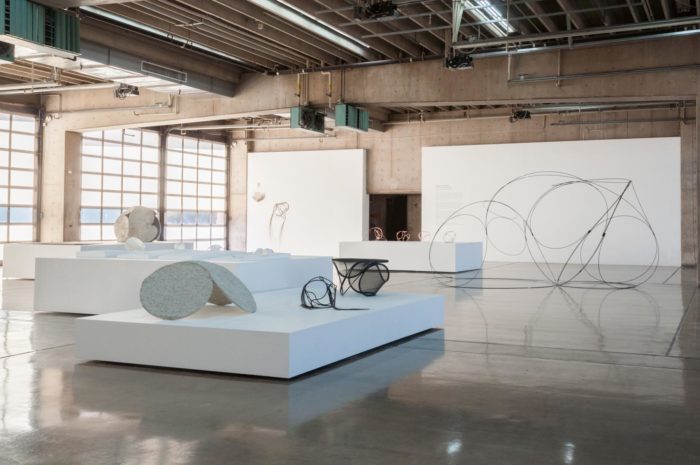
Their latest collaboration is “Meeting the Clouds Halfway,” a collection of 27 conjugations of baskets which currently occupy the Great Hall in Tucson’s Museum of Contemporary Art and are coming to Chicago’s Volume Gallery beginning February 25. Utilizing the fundamental composition of wrapping material into a coil, the undulations resulting from the Native American practice are pushed to new groundbreaking limits. In one spiraling sculpture, a swoosh of cedar bark twists into an exuberant spray of yucca. In another, pieces of bear grass are bound together with steel wire to become spare, sinuous vessels. And, flexing their forte for frustrating scale, a basket’s basic configurations have been manipulated in foam and concrete to form proposals for desert structures including a seed bank, a music venue and a simple shelter.
“The idea of taking the Tohono O’odham vernacular and aligning it with a new spatial logic and seeing what it becomes…really kind of exploded a bunch of interests,” says Aranda, flipping through slides from the exhibit that exemplify what ArandaLasch does best: sensitively marrying cultural customs with natural- occurring compositions and high-tech design to unite art with life, life with technology, past with future. It’s from this exchange that the exhibition gets its name. At the close of every summer, the Tohono O’odham harvest fruit from saguaro cacti. The end of the harvest aligns with the beginning of the monsoon season in the desert, and thus the tribe equates pulling down the flowering red fruit with pulling down the clouds. “It’s mediating between nature and humans,” says Lasch, who is Skyping in from the Tucson studio. “It’s about this intersection of people and nature.” Riffing on the natural fibers and modern material represented in the show, Dew Johnson says that rather than pulling down the clouds, he and ArandaLasch are “a combination of the old ways and new visions. Together, [we] are meeting the clouds half way.”
The show’s title could just as easily be applied to everything ArandaLasch has spent the better part of their career exploring. If you ask the duo about inspiration, it’s a simple time-honored formula: “Rigorous work that deals with material that really engages culture, and that doesn’t espouse any one way to do it, whether that’s Native American basket weavers or other vernaculars,” says Aranda. He gestures toward a fractal system of nesting chairs and tables he and Lasch have designed for a school in Zambia using local woodworking techniques. Nearby is a model for a Balinese private residence that marries the connected roofs on Chinese courtyard houses with the open-air organization of Balinese dwellings to represent a client’s multiculturalism. There are proposals for a public park in Columbus, Indiana, using discarded local limestone to reimagine the Flatrock River’s waterfront landscape; an interlocking roof to cover the renovated Palais des Arts in Gabon; and renderings of a new event space for Miami’s booming Design District. For all its diversity of size, shape, location and utility, every piece of work ArandaLasch creates is, as always, explicitly geometric and surprisingly expressive, while its permutations—like a snowflake’s— are endless.

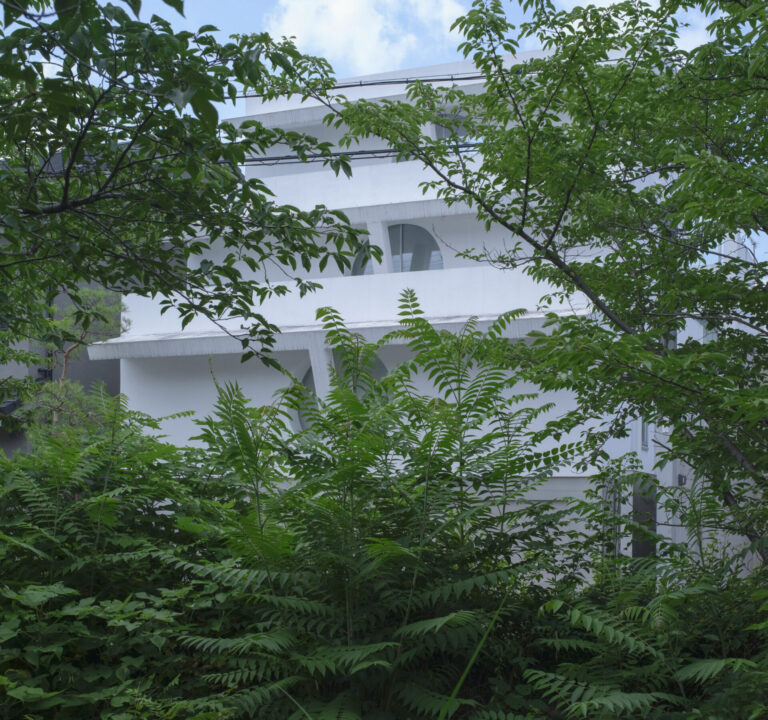
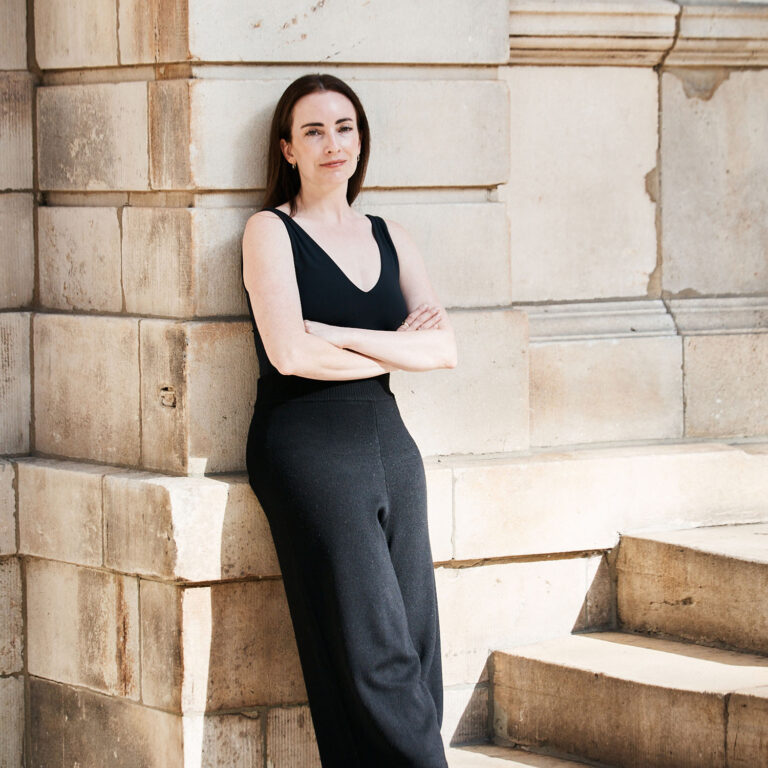

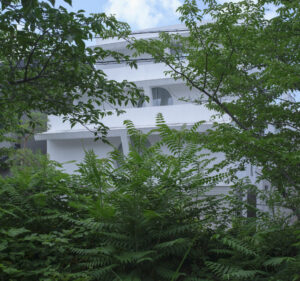
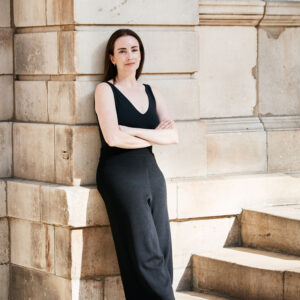




 in your life?
in your life?

